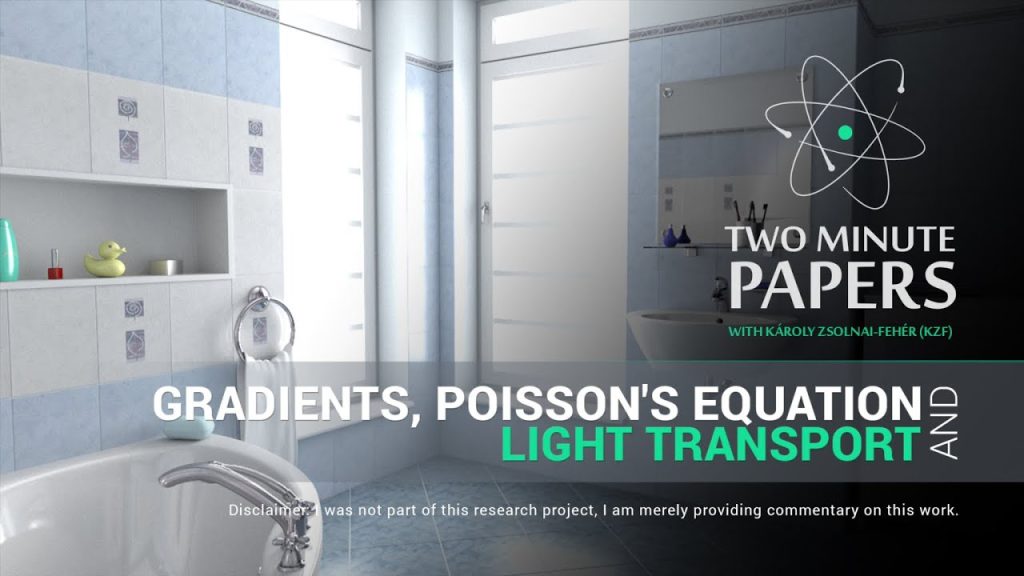Photorealistic rendering (also called global illumination) enables us to see how digital objects would look like in real life. It is an amazingly powerful tool in the hands of a professional artist, who can create breathtaking images or animations with. However, images created with these technique contain a substantial amount of noise until a large number of light rays are computed. Today, we’re going to talk about how to use gradients and Poisson’s equation to speed up this process substantially.
________________________
The paper “Gradient-Domain Path Tracing” is available here:
The paper “Gradient-Domain Metropolis Light Transport” is available here:
I held a course on photorealistic rendering at the Technical University of Vienna. Here you can learn how the physics of light works and to write programs like this:
Recommended for you:
Metropolis Light Transport –
Manipulating Photorealistic Renderings –
A talk on ray tracing –
The Moon’s elevation map is provided by NASA and is available here (license: CC BY 2.0) –
Music:
“Infinite Perspective” by Kevin MacLeod is licensed under a Creative Commons Attribution license (
Source:
Artist:
Subscribe if you would like to see more of these! –
Splash screen/thumbnail design: Felícia Fehér –
Károly Zsolnai-Fehér’s links:
Patreon →
Facebook →
Twitter →
Web →
source

